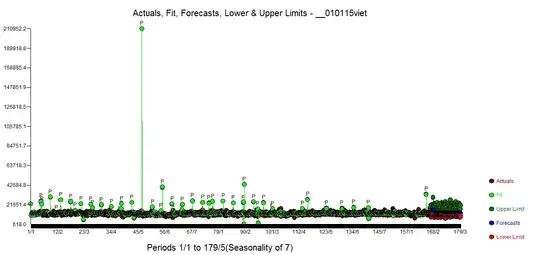I am reading Approximate linear discrimination via logistic modeling in the Section 8.6.1 of B & V's Convex Optimization book. On Page 428,
$$ \operatorname{minimize} \ -l(a, b) \tag{8.27} $$
with variables $a$, $b$, where $l$ is the log-likelihood function
$$ \begin{aligned} &l(a, b)=\sum_{i=1}^{N}\left(a^{T} x_{i}-b\right)-\sum_{i=1}^{N} \log \left(1+\exp \left(a^{T} x_{i}-b\right)\right)-\sum_{i=1}^{M} \log \left(1+\exp \left(a^{T} y_{i}-b\right)\right) \end{aligned} $$
It says that if two sets can be linearly seperated, i.e., if there exist $a$, $b$ with $a^T x_i > b$ and $a^T y_i < b$, then the optimization problem (8.27) is unbounded below. Why is it unbounded below for this case?
